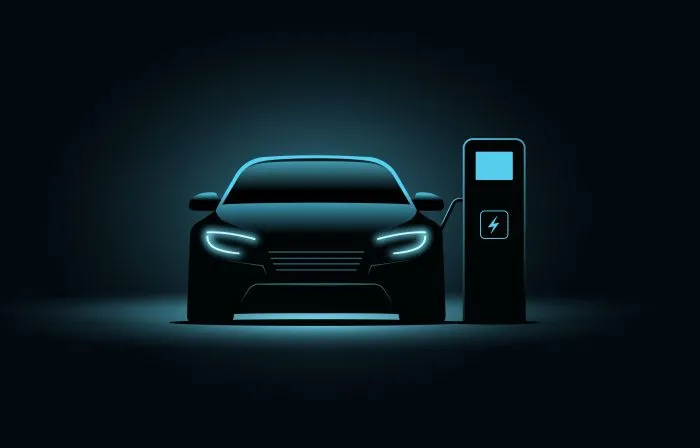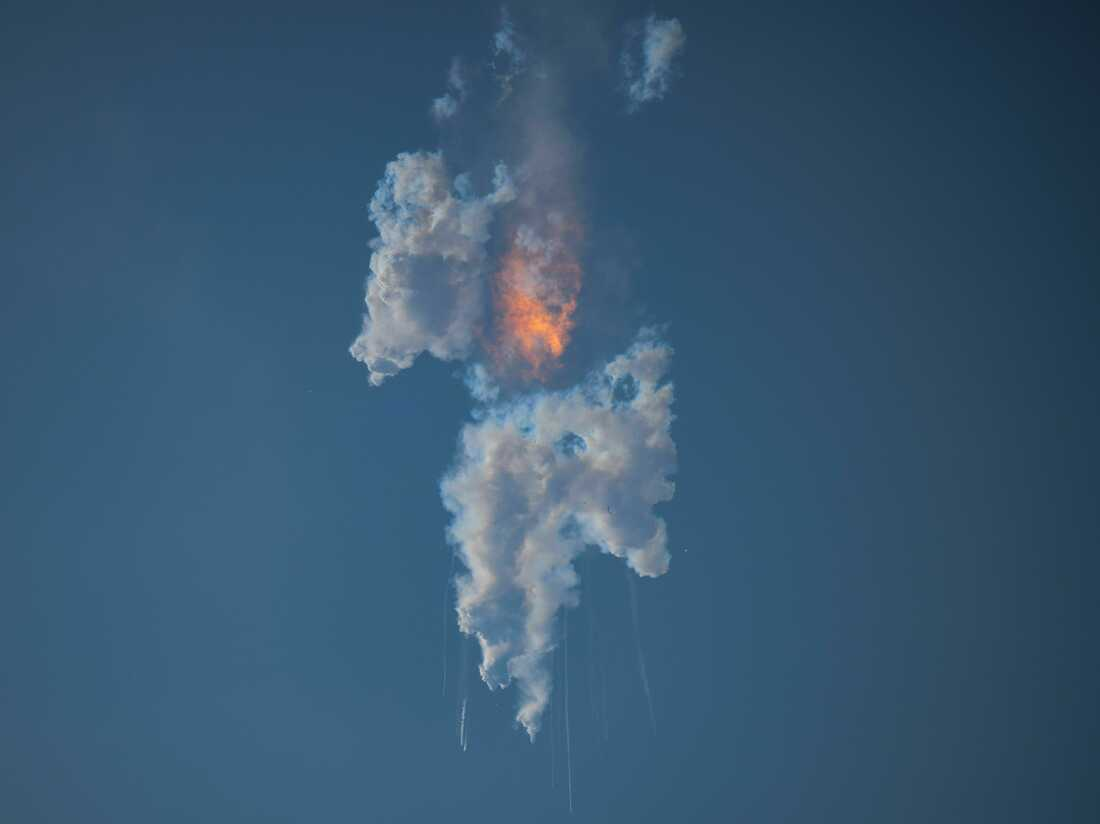On March 6, 2025, the engineers at SpaceX were preparing the crewless rocket, Starship, for its eighth test flight. In 2026, this spacecraft was intended to head to Mars after completing a series of test missions. But it wasn’t long after liftoff when something went wrong.
About two and a half minutes into the flight, the Super Heavy booster departed from the rest of Starship perfectly as planned. It would then fall back down and begin the “chopsticks” booster catch at the launch tower in Texas. The chopsticks booster catch is a system in which the boosters slow their descent to Earth and are caught by two precise horizontal arms that resemble chopsticks. This operation was successful, making this SpaceX’s third successful chopsticks booster catch.
Despite this victory, Starship, which continued to gain altitude, began to experience problems fewer than ten minutes later. The spacecraft began to tremble and spin and soon lost contact with SpaceX. Just moments later, Starship exploded, causing smoke and flames to fly through the sky and debris started to rain back down to Earth. The particles from the explosion halted flights at several airports in Florida. Flights destined to arrive at those airports were also delayed until the debris cleared.
This is the second consecutive Starship launch failure. In fact, the point where the connection was lost was approximately the same altitude as the previous launch attempt, Flight 7, which had exploded over the islands in Turks and Caicos. However, SpaceX is not bitter about the results; but rather, excited for what is to come.
In the seventh Starship test flight, scientists believe the cause of its explosion was a leak of the supercooled oxygen used to create rocket fuel. This ignited and caused a fiery blast in the sky. After this attempt, the engineers isolated the problem. They secured the oxygen tank better in the next launch, Flight 8. This meant that Flight 8 blew up due to a different issue. After losing contact with the rocket, Starship lost attitude control—the strength control of the thrusters—and went into a barrel roll. The rapid shaking demolished the spacecraft.
According to the company, the Starship prototypes were designed to be constructed and launched in a quick manner, sending several rockets in just a few months. With this speedy test rate, the engineers could easily isolate malfunctions, fix them for the next launch, and repeat the process.
As a result of this ingenuity, SpaceX’s promise of reaching Mars in the next five or so years might be becoming a shocking reality. There are high expectations for this project, and many cannot wait to see what will become of it in the near future.























